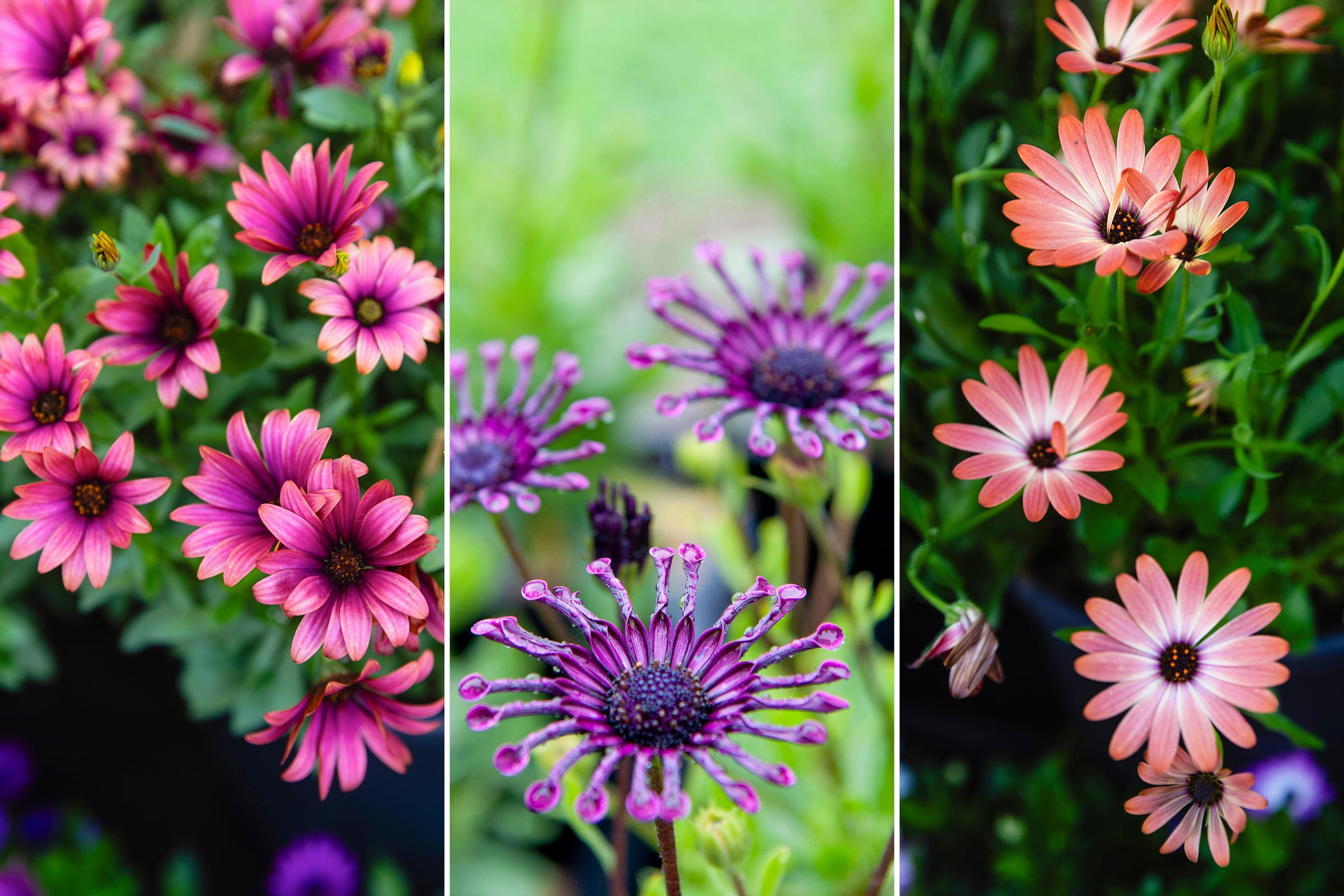
African daisy is a stunning summer flower that doesn't mind dryness—see professional caring tips
African daisy may take a brief pause in blooming during the summer. When that happens, don’t discard it—let it gather strength for another round of flowers. You can also overwinter African daisy.
African daisy (Dimorphotheca Ecklonis Group, formerly Osteospermum) closes its flowers at dusk or on cloudy days. This is especially true for older white and purple varieties. However, breeding has made the plant less sensitive to light, so many newer varieties keep their flowers open even on cloudy days.
Thanks to plant breeding, African daisy now comes in orange, red, yellow, and even double-flowered varieties. Different color variations pop up yearly on the flower market.
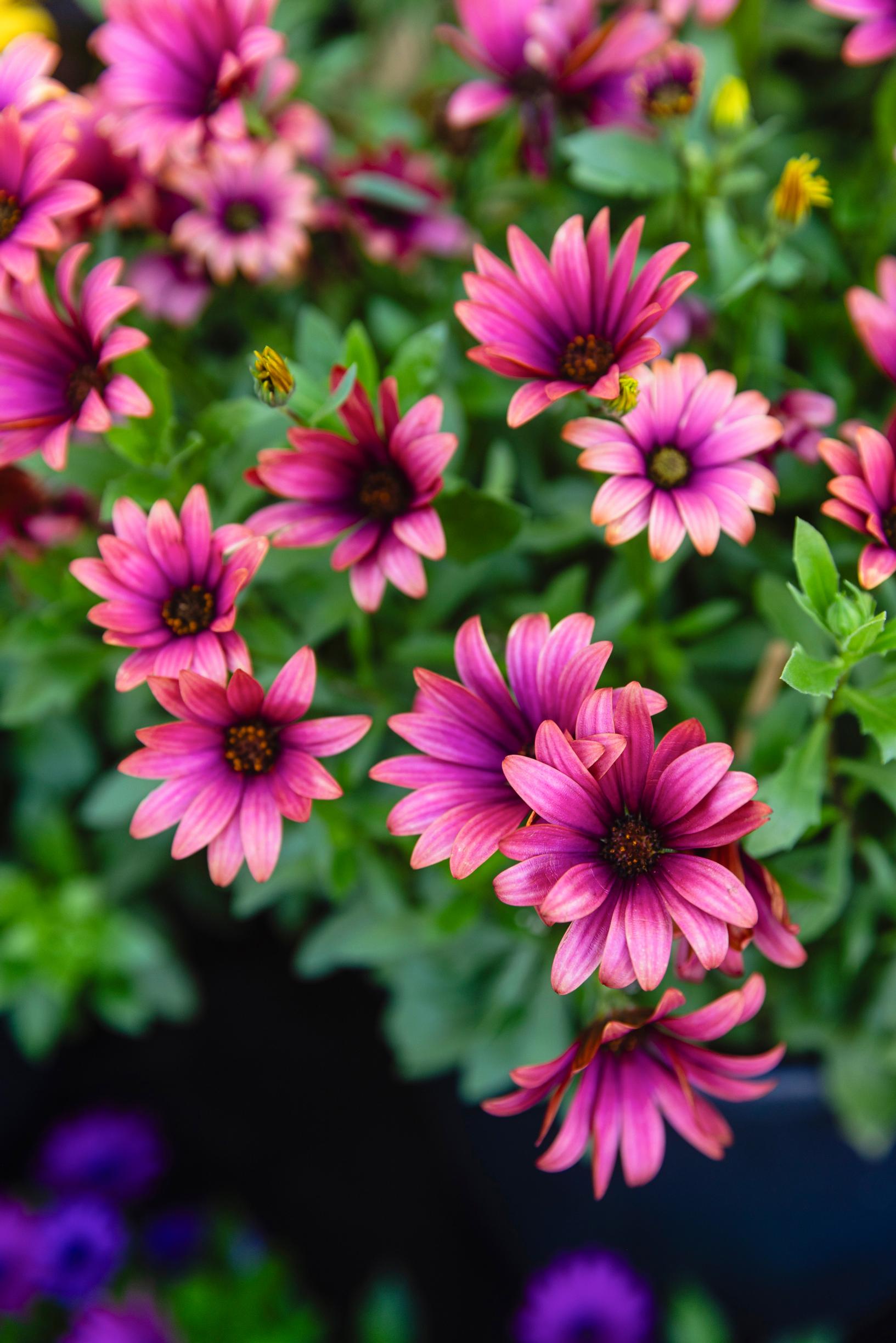
Where to grow African daisy
Grow Tähtisilmä in full sun or partial shade. It tolerates cool, rainy spring weather, but be sure to protect it from frost, for example, with a row cover.
Caring for African daisy
Remove spent blooms and cut the flower stem after all blossoms have wilted. Although Tähtisilmä tolerates slight dryness, letting the soil dry out repeatedly will cause it to grow scraggly and stop blooming.
If it stops blooming in mid-summer, the reason might not necessarily be poor care. African daisy naturally takes at least one break from flowering during the warmer months. Instead of throwing it away, let it recover and gather energy for another round of blooms.
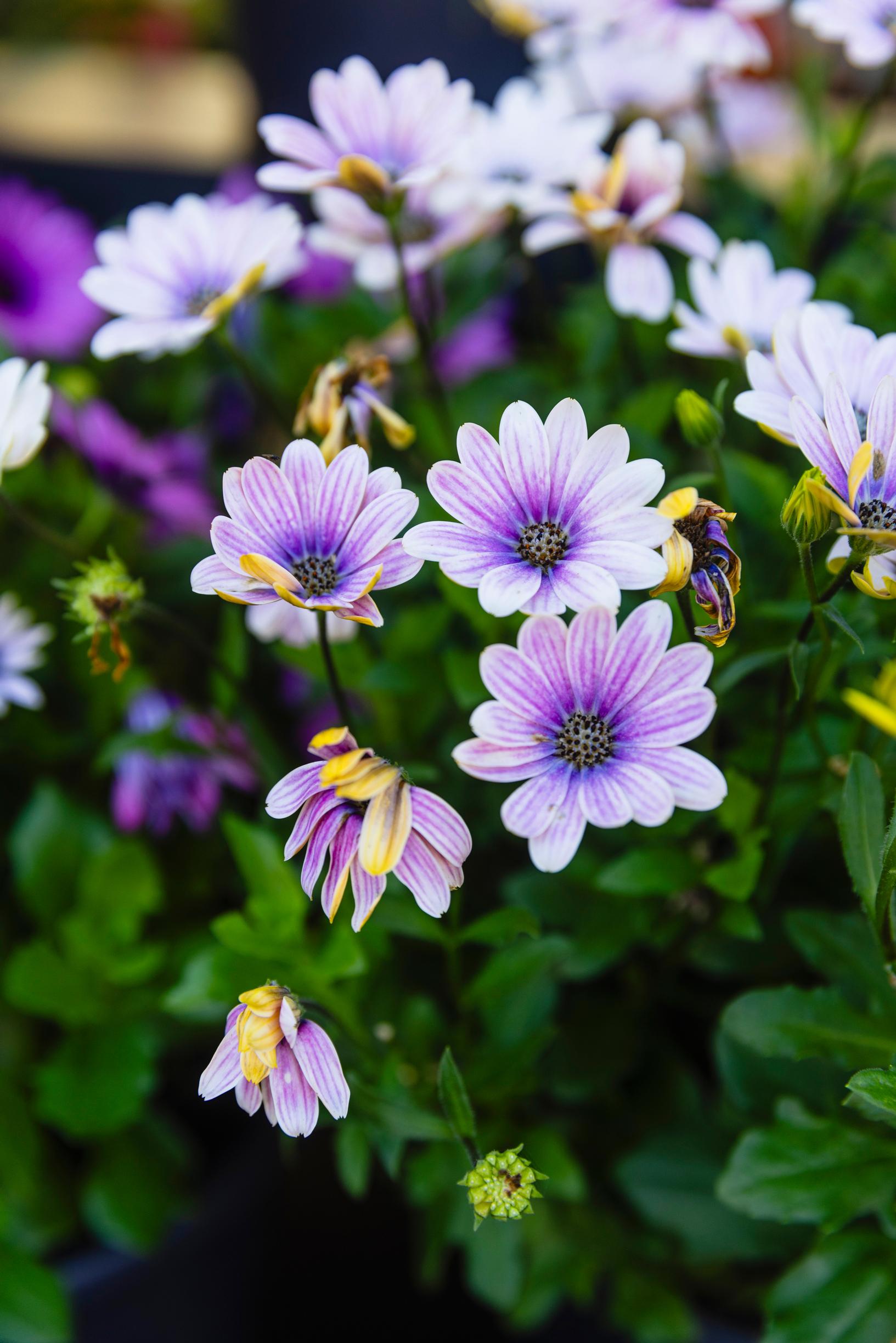
Overwintering African daisy
African daisy is usually propagated from cuttings, and like other bedding plants grown this way, it can be overwintered in a cool, well-lit spot.
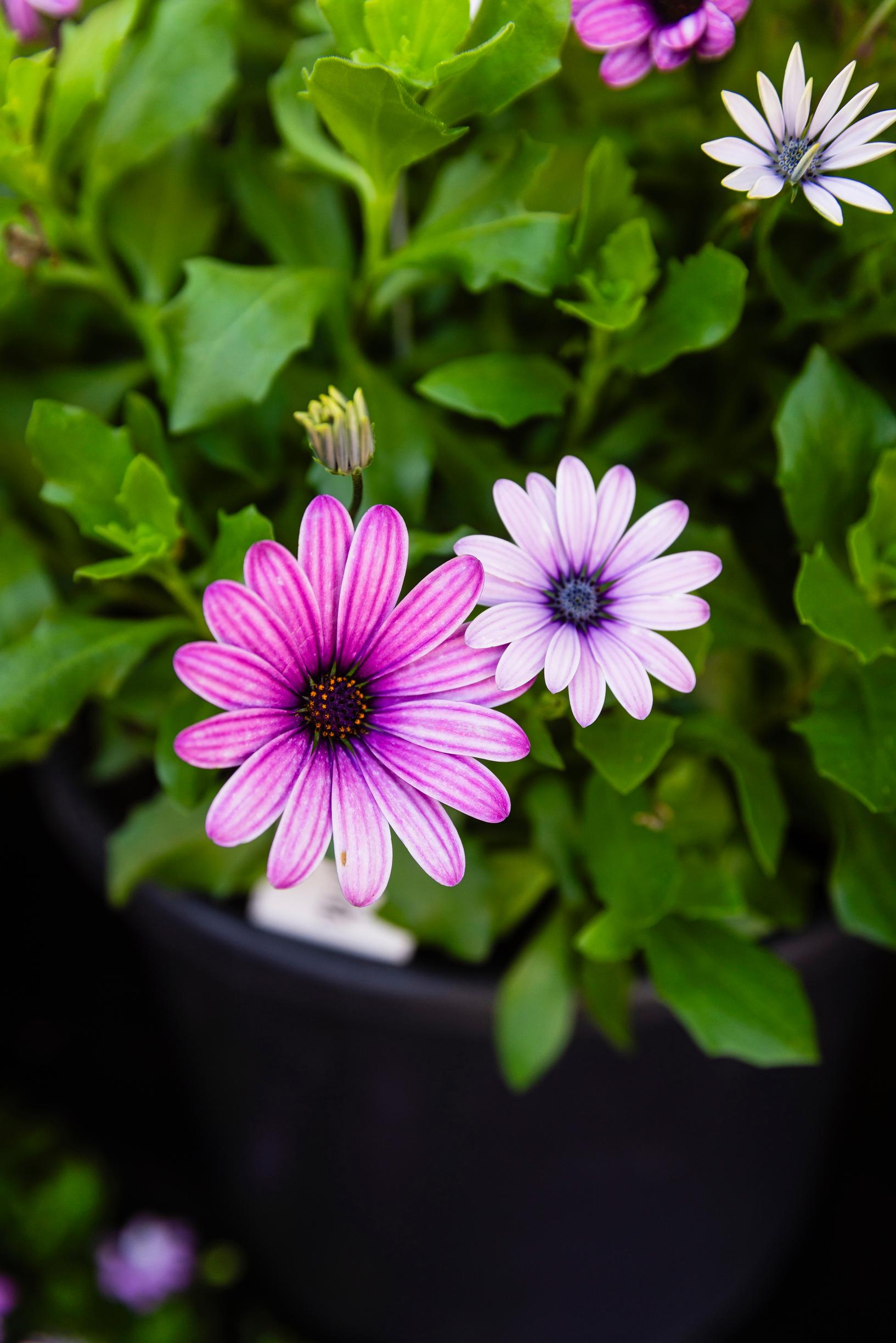
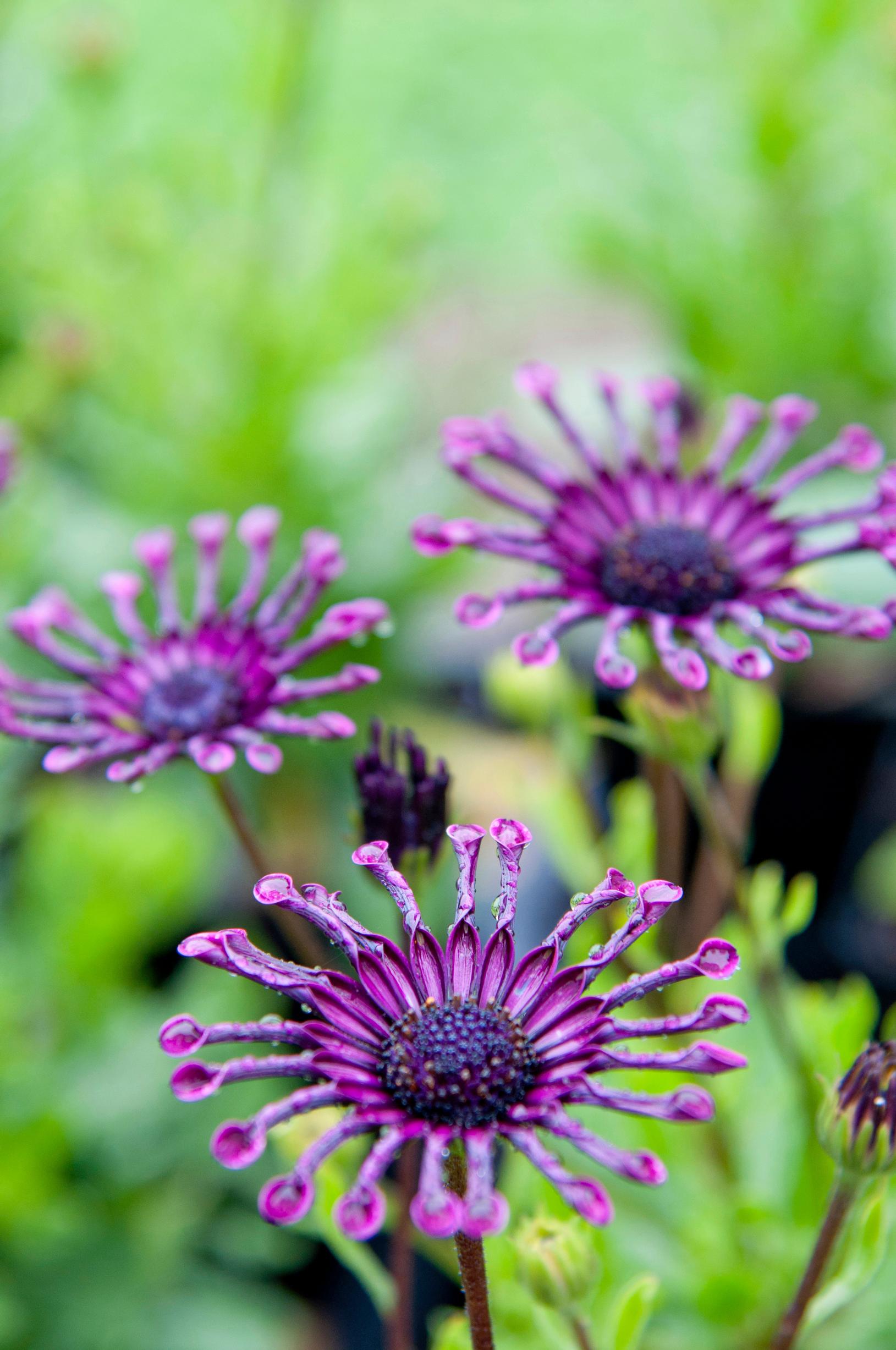
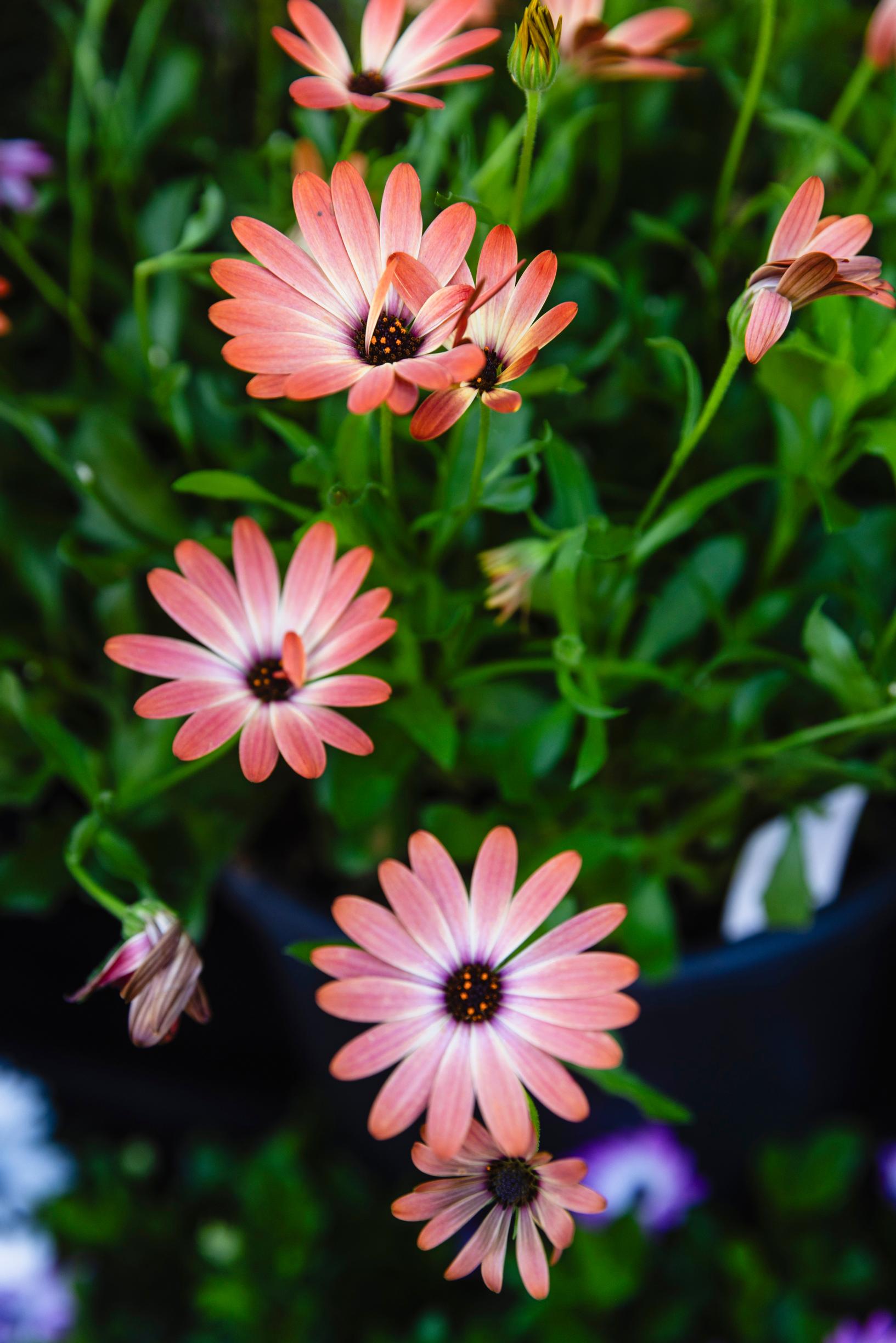
For this article, we interviewed Sales Team Leader Tytti Haahti from Koroisten Puutarha nursery.


